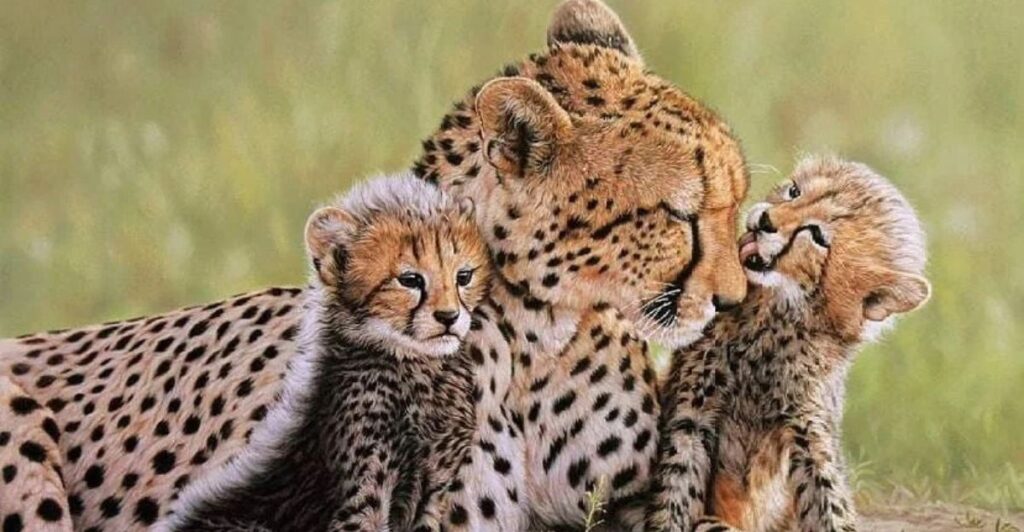
Parenting in the animal kingdom is full of surprises, showcasing strategies as unique as the creatures themselves. Ingenious survival techniques and extraordinary care redefine what it means to nurture the next generation. Meet 12 species with parenting styles that truly stand out.
1. Seahorses Have Dads Who Give Birth
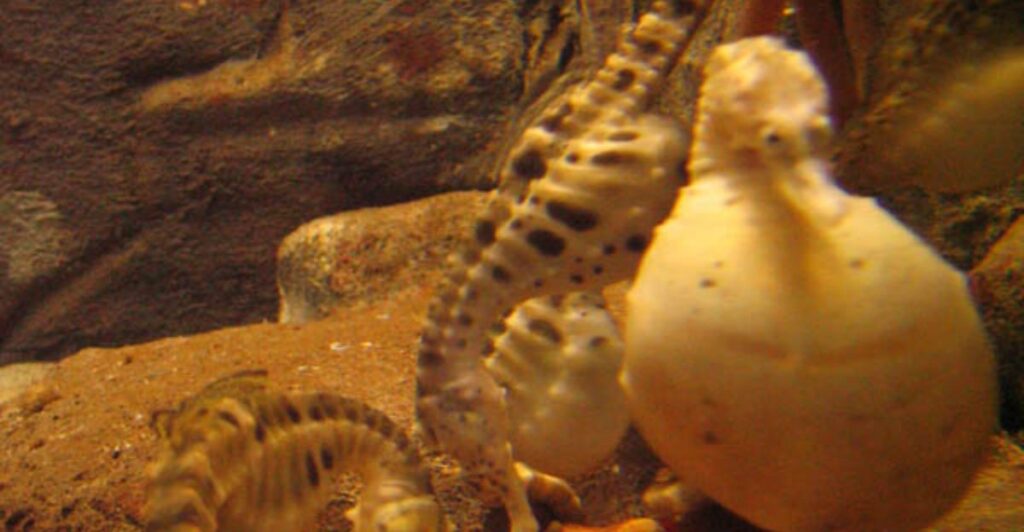
Male seahorses take the parenting lead by carrying the eggs in their pouch for up to 45 days. When they’re ready, they give birth to fully developed babies. This gives the eggs extra protection, as the male can control temperature and oxygen to keep the fry safe.
2. Wolf Packs Raise Their Pups Together
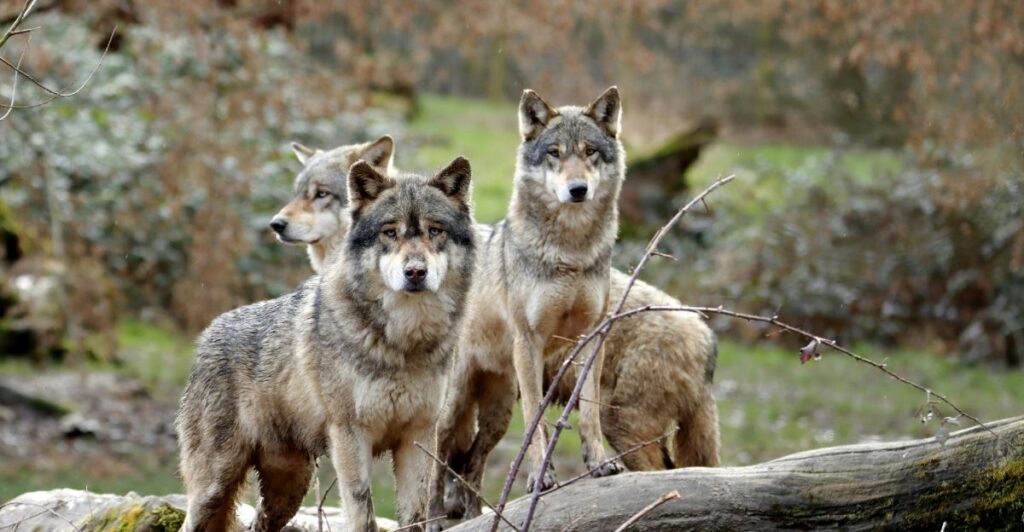
In wolf packs, raising pups is a team effort. The alpha pair takes the lead, but other pack members pitch in by babysitting and hunting. Everyone plays a part in feeding and protecting the pups. It makes sure they’re prepared for the wildlife ahead.
3. Red Foxes Bury Food for Their Kits
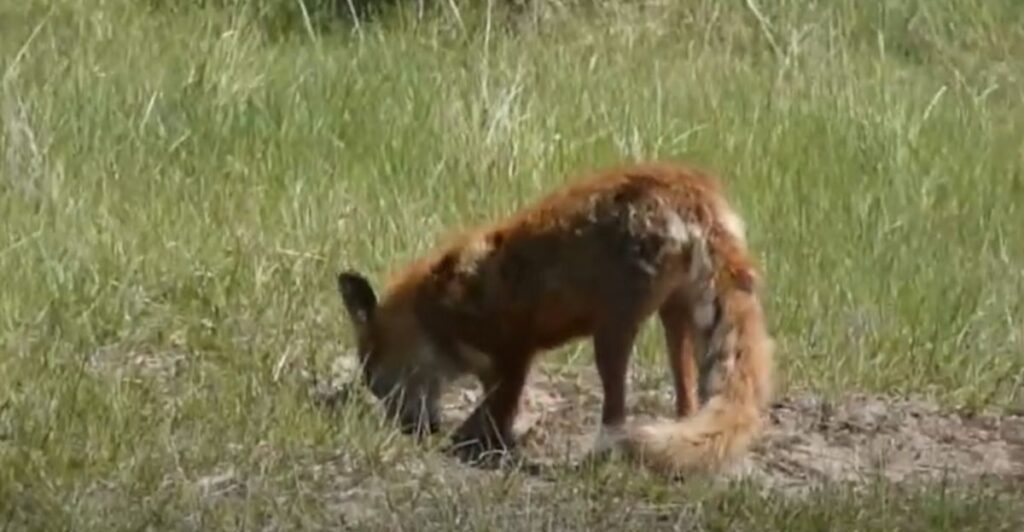
Red foxes bury food in different spots around their territory to create hidden caches. Their kits dig up these stashes as they grow. That’s how they learn to find and store food on their own. This way, red foxes teach them survival skills when they’re older.
4. Cheetah Mothers Teach Speed at a Young Age
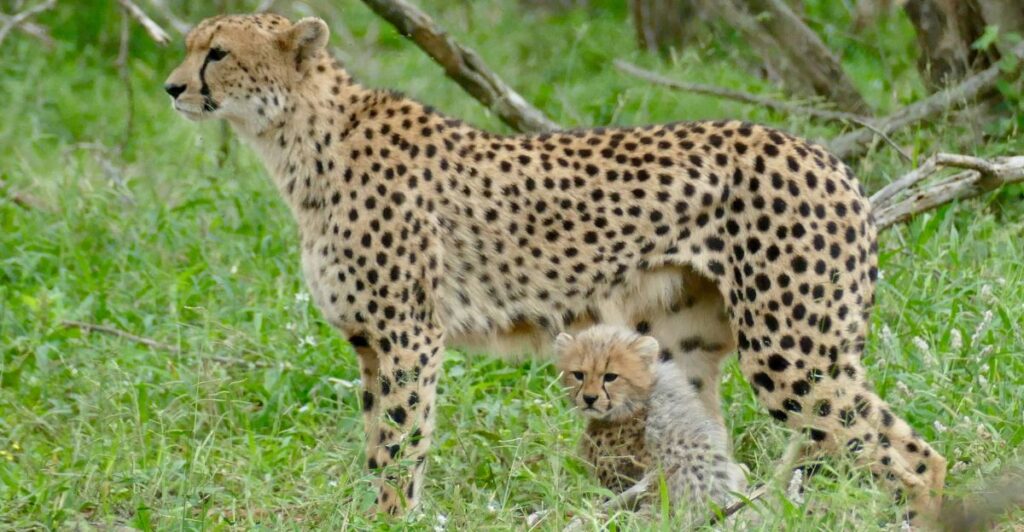
Mommy Cheetahs are all about speed. From a young age, cubs are encouraged to chase mom during play, which builds their sprinting skills. Those early lessons are key to their survival since speed is important for both hunting and outrunning predators.
5. Crocodiles Guard Their Young for Months
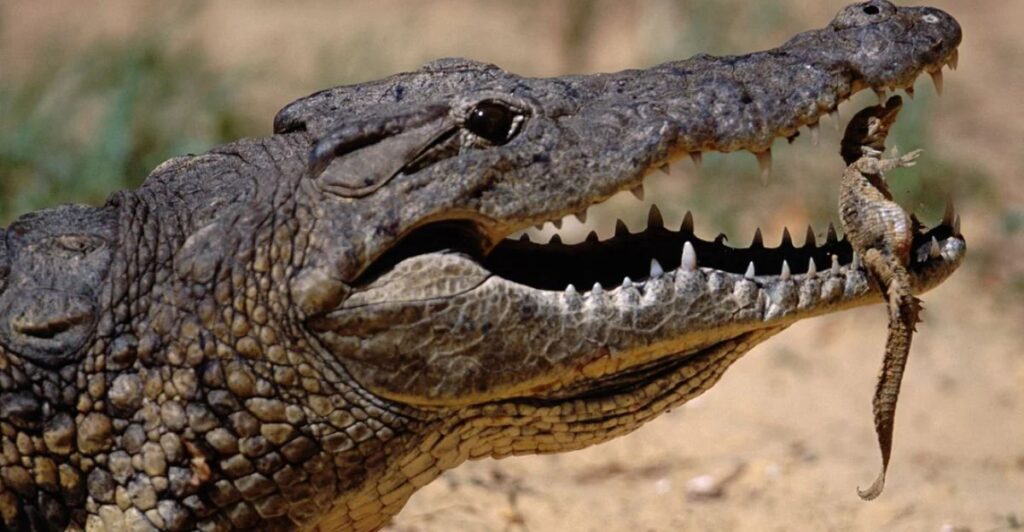
Long-term care increases the survival rate of crocodile babies. After hatching, crocodile mothers stick close to their young for many months to keep them safe from predators. She helps them get to the water and guards them until they’re strong enough to survive on their own.
6. Spotted Hyenas Share Parenting Among Females
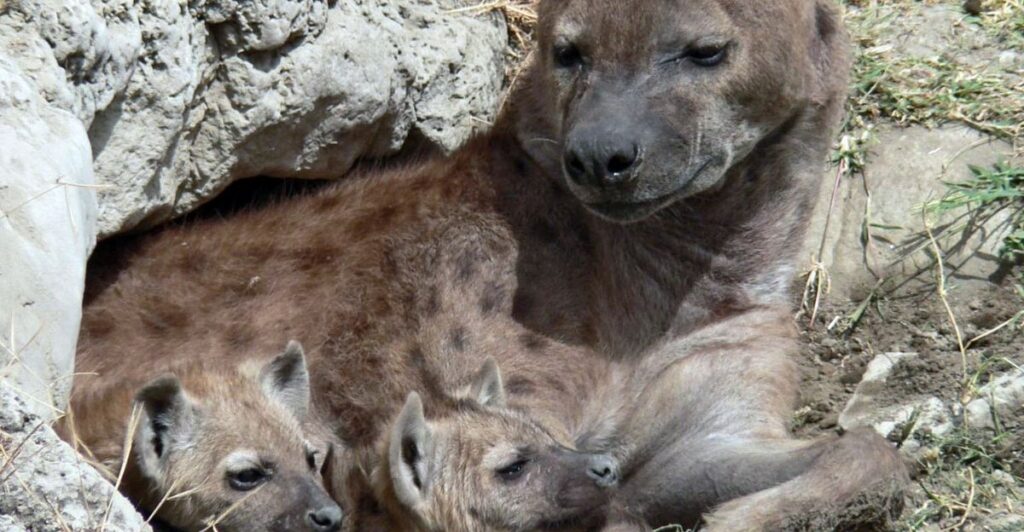
The pups learn social and survival skills by interacting with multiple clan members. All the females take charge of raising the young in spotted hyena clans. Not only do the mothers nurse their pups, but other females also help with feeding and protection.
7. Orangutans Have Long-Lasting Mother-Son Bonds
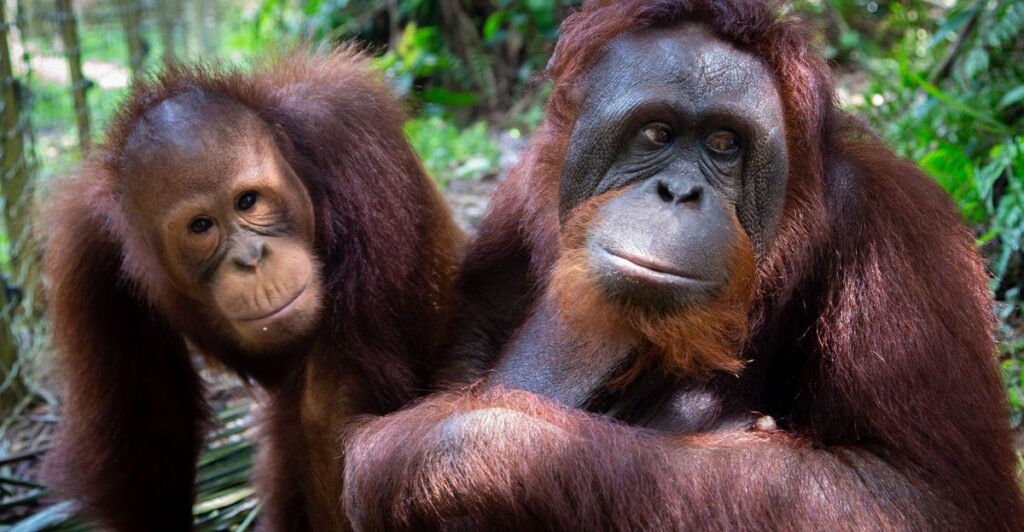
Mothers and sons in orangutan families share a closer bond. The son stays with his mother for many years to learn essential survival skills. As the young orangutan matures, he gradually becomes independent but maintains a close connection with his mother.
8. Beavers Build Dams for Family Safety
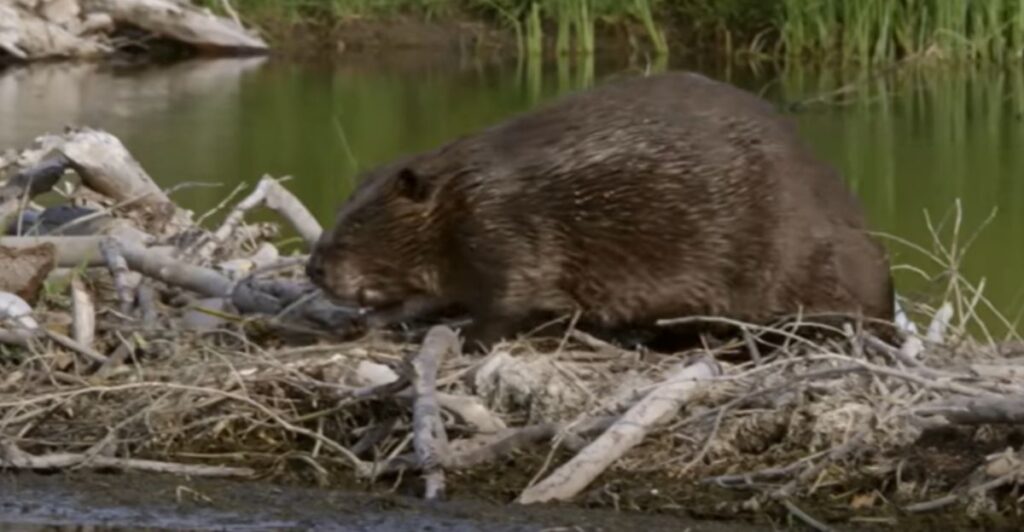
To protect their families, beavers build elaborate dams that create safe, stable homes. These structures serve as barriers against predators and make sure the young remain protected. Both parents contribute to the construction and maintenance of their home.
9. Sloths Carry Babies for Months
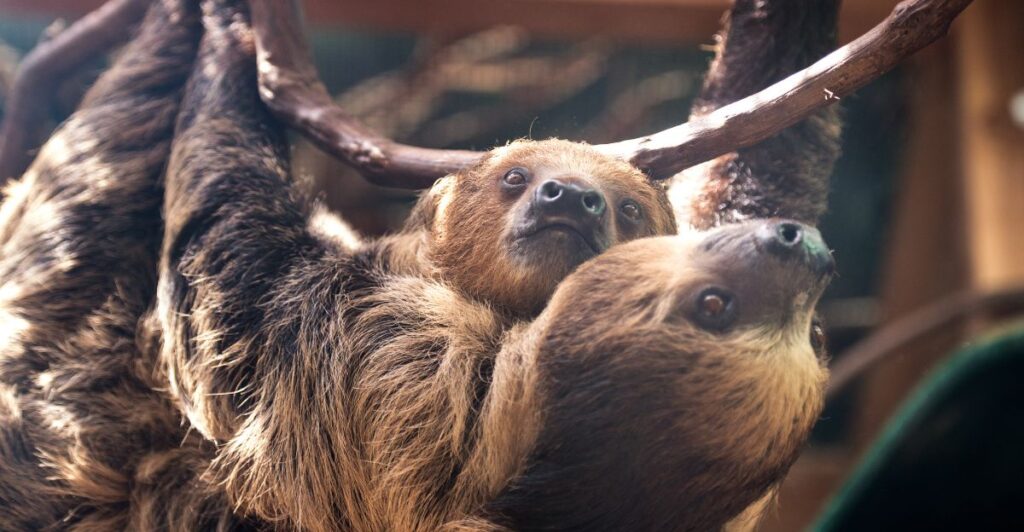
After giving birth, sloths carry their babies on their bellies for several months. This method of transport allows the young to stay close as they learn life skills. The slow pace of life in the trees gives both mother and baby the time they need to bond and grow at their own pace.
10. Kangaroos Carry Babies in Pouches
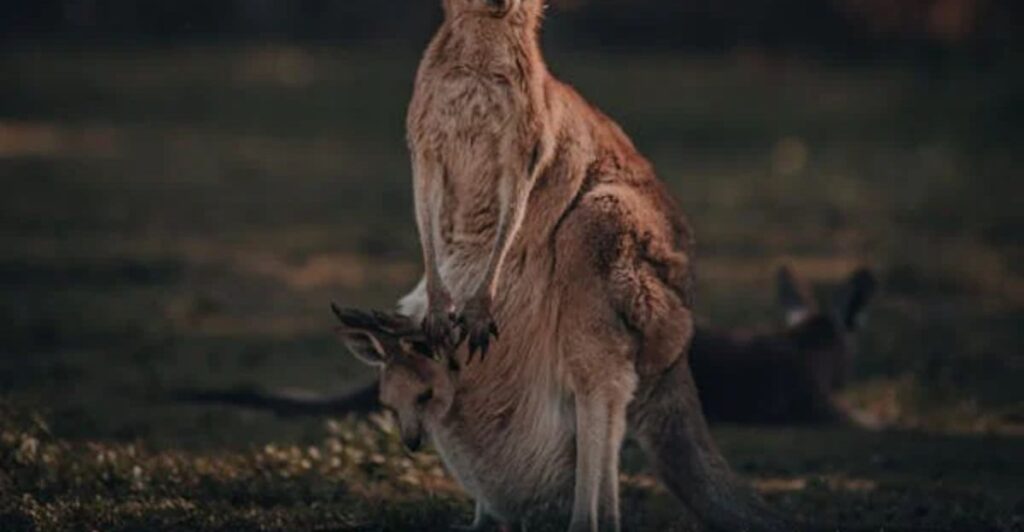
Kangaroo mothers keep their young in pouches. It provides a warm and protective space where the joey can grow safely. Once the baby is ready, it starts venturing out but still relies on its mother for comfort and guidance as it learns to live in the wild.
11. Bison Protect Calves by Forming Defensive Circles
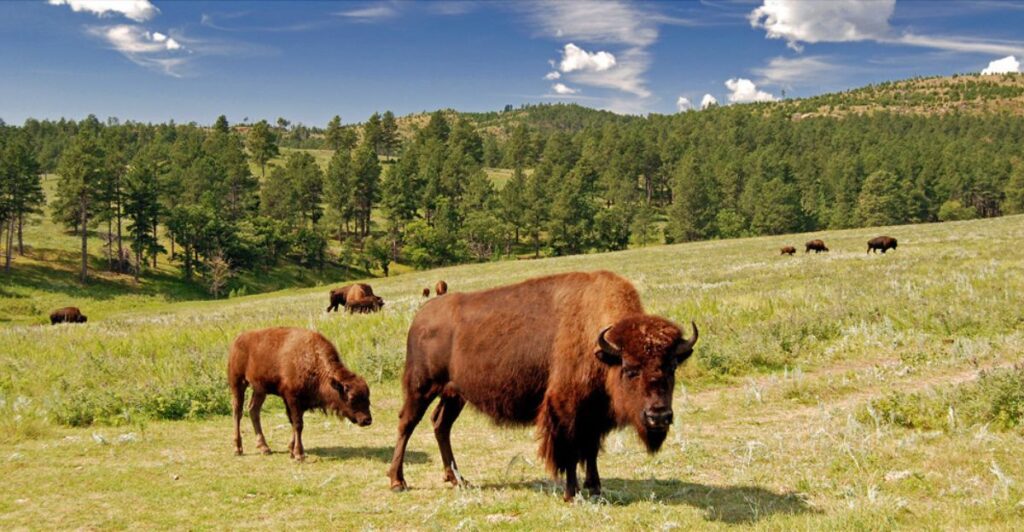
When a bison calf is born, the herd immediately forms a protective circle around it. Adult bison stand together, facing outward, using their size to ward off any potential threats. Such a defense strategy is in place for the newborn’s safety—necessary to survive in the open and often dangerous plains.
12. Octopuses Sacrifice Themselves for Their Eggs
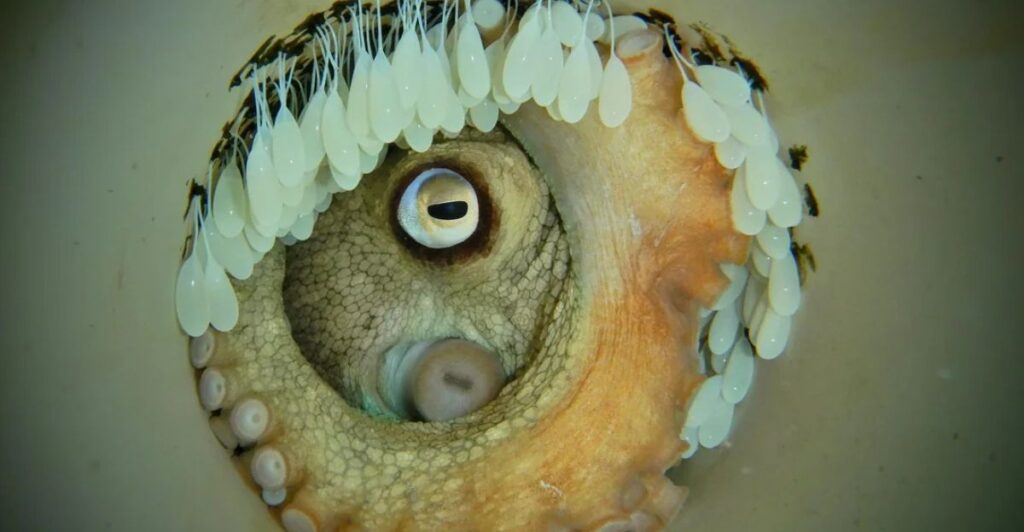
A female octopus dedicates herself entirely to guarding the thousands of eggs she lays. Her sacrifice gives her offspring the best chance of survival once they hatch. She spends months cleaning and protecting the eggs without eating, often to the point of death.
Stay connected with us for more stories like this! Follow us to get the latest updates or hit the Follow button at the top of this article, and let us know what you think by leaving your feedback below. We’d love to hear from you!







